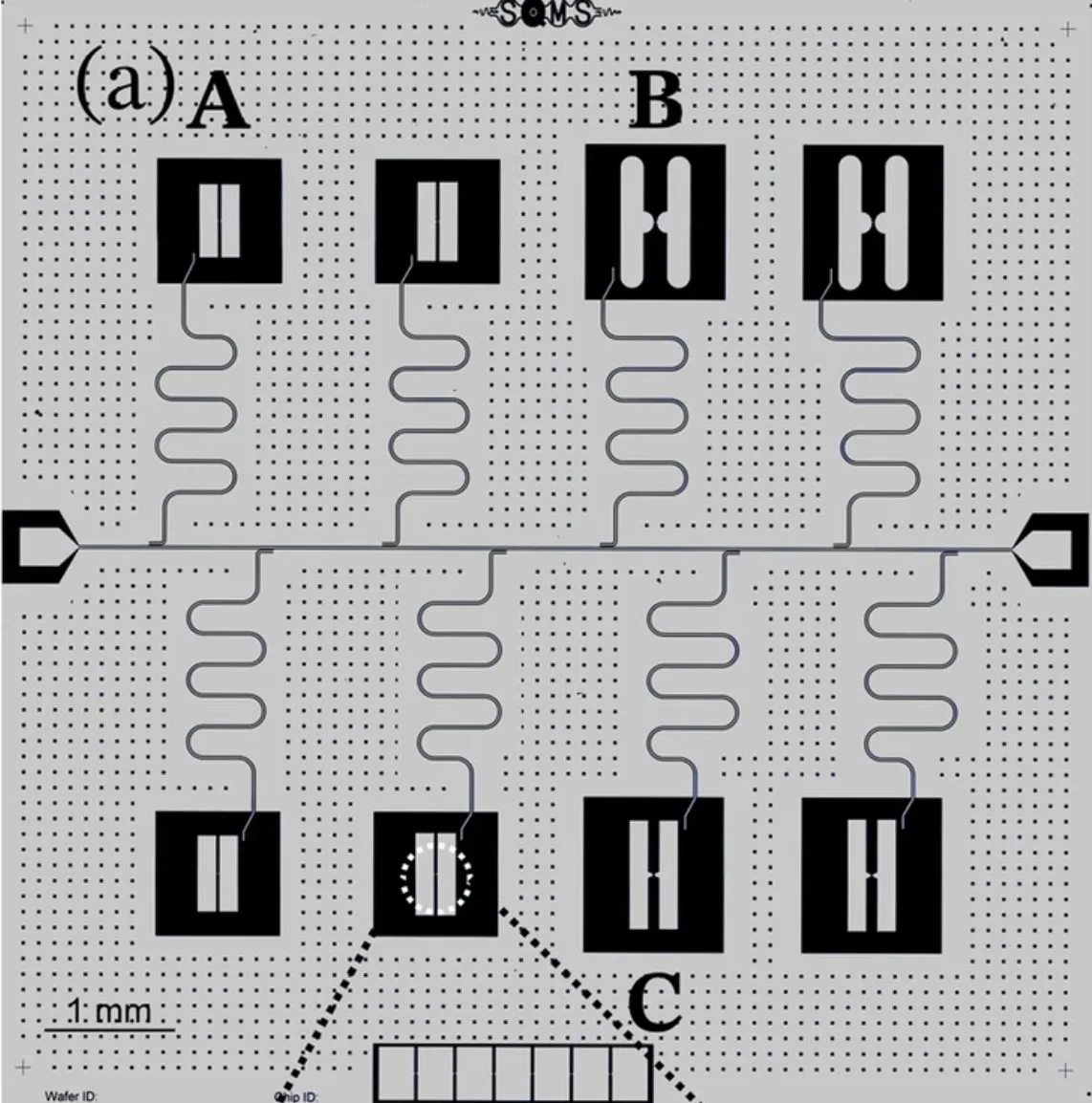Researchers, including Mustafa Bal, Akshay A Murthy, Shaojiang Zhu, and Francesco Crisa, have developed a technique to improve the coherence of transmon qubits, a key component in quantum computing. The team encapsulated the surface of niobium, a material widely used in superconducting qubits, to prevent the formation of lossy surface oxide. This resulted in a 2.5 times longer T1 relaxation time compared to baseline qubit devices. The team also compared different capping materials and substrates, providing insights into the detrimental impact of niobium oxides on qubit coherence times. This development represents a significant step forward in quantum computing.
What are the Systematic Improvements in Transmon Qubit Coherence Enabled by Niobium-Surface Encapsulation?
A team of researchers, including Mustafa Bal, Akshay A Murthy, Shaojiang Zhu, Francesco Crisa, and others, have developed a transmon qubit fabrication technique that encapsulates the surface of niobium, preventing the formation of its lossy surface oxide. This technique has resulted in systematic improvements in T1 relaxation times. The team conducted a comparative investigation, examining different capping materials such as tantalum, aluminum, titanium nitride, and gold, as well as substrates across different qubit foundries. The investigation demonstrated the detrimental impact that niobium oxides have on coherence times of superconducting qubits compared to native oxides of tantalum, aluminum, or titanium nitride.
The surface-encapsulated niobium qubit devices exhibited T1 relaxation times 2.5 times longer than baseline qubit devices with native niobium oxides. When capping niobium with tantalum, the team obtained median qubit lifetimes above 300 μs with maximum values up to 600 μs. The comparative structural and chemical analysis provided insight into why amorphous niobium oxides may induce higher losses compared to other amorphous oxides.
How Have Superconducting Qubits Evolved Over the Past Two Decades?
Over the past two decades, superconducting qubits have seen massive improvements in device coherence times and gate fidelity, emerging as a significant technology platform for quantum computing. Many of these improvements have been driven through optimized device designs and geometries. However, the presence of defects and impurities at the interfaces and surfaces in the constituent materials continues to limit performance and serve as a critical barrier in achieving scalable quantum systems.
These uncontrolled defect sites can serve as sources of loss by introducing two-level systems (TLS) or nonequilibrium quasiparticles. As a result, researchers have recently begun to take a materials-oriented approach to understand and eliminate these sources of quantum decoherence in superconducting qubit devices.
Why is Niobium Widely Employed in Superconducting Qubits?
Niobium (Nb) has been widely employed as the primary material in superconducting qubits as it possesses the largest critical temperature and superconducting gap of elemental superconductors. This makes thermal quasiparticle contribution to losses negligible at typical operating temperatures of on the order of tens of mK. Niobium is also highly compatible with industrial-scale processes.
The Fermilab superconducting radio frequency (SRF) research group has demonstrated in prior detailed studies of 3D cavities in the quantum regime that devices processed from Nb can sustain photon lifetimes as high as 2s when the surface niobium oxide hosting sources of TLS is removed. This is three orders of magnitude longer than coherence times reported in the highest-performing transmon qubits, making bare niobium metal an attractive base material for further improvements in 2D superconducting qubits.
What is the Role of Surface Oxide in Niobium?
Previous measurements have unambiguously identified the surface oxide that forms spontaneously on Nb under ambient conditions as the major source of microwave loss. Through 3D cavity measurements, researchers found that the loss tangent of this 5 nm thick oxide is 0.1, which is orders of magnitude larger than the losses at the metal substrate interface, as well as those in the underlying substrate.
As a result, the removal of this oxide has been shown to boost the photon lifetime by 50-200% in 3D Nb SRF cavities in the TLS-dominated 1 K regime. Other studies on 2D devices have since further confirmed the detrimental effect of this oxide.
How Can Losses Associated with Niobium Oxide be Mitigated?
Several recent studies have sought to mitigate losses associated with niobium oxide. Unfortunately, most methods for avoiding these losses are incompatible with integration into complex or large-scale manufacturing process flows. In one of the successful approaches, the surface oxide was removed by annealing the sample at temperatures at or exceeding 300 C. This almost completely eliminated the oxide, leading to significant improvements in the performance of the superconducting qubits.
What is the Future of Superconducting Qubits?
The systematic improvements in transmon qubit coherence enabled by niobium-surface encapsulation represent a significant step forward in the field of quantum computing. The research conducted by the team, including the comparative investigation of different capping materials and the development of a technique to prevent the formation of lossy surface oxide, has provided valuable insights into the factors affecting the performance of superconducting qubits.
As researchers continue to optimize device designs and geometries and develop new materials-oriented approaches to eliminate sources of quantum decoherence, we can expect to see further improvements in the performance and scalability of superconducting qubits. This will bring us closer to the realization of practical, large-scale quantum computing systems.
Publication details: “Systematic improvements in transmon qubit coherence enabled by niobium surface encapsulation”
Publication Date: 2024-04-26
Authors: Mustafa Bal, Akshay A. Murthy, Songyan Zhu, Francesco Crisa, et al.
Source: npj quantum information
DOI: https://doi.org/10.1038/s41534-024-00840-x

